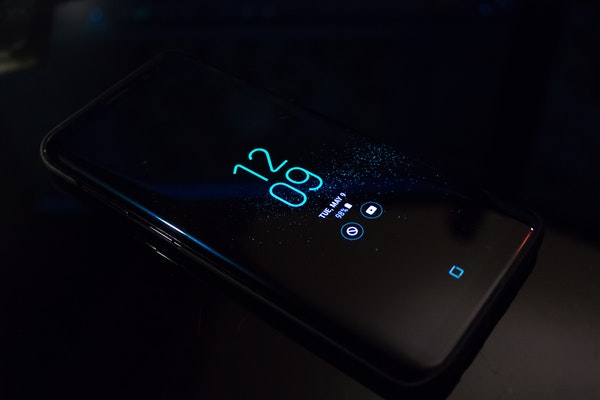
Remember the days when ribbon cable was popular? Okay, maybe you’re too young to remember its popularity, but if you’ve cracked open a computer, you’ve likely seen flat ribbons connecting drives to the motherboard.
While flat cables are still used to connect components inside certain devices, they’re no longer used externally. Cable styles have shifted along with technology, leaning toward the thin side.
When it comes to charging batteries in some devices, even thin cables have disappeared. Wireless charging is now the standard. More manufacturers are producing wireless charging stations including vent-mounted wireless charging stations for your car.
How the heck does wireless charging work?
To charge a battery, energy must be passed from a source to that battery. “Wireless charging works by transferring energy from the charger to a receiver in the back of the phone via electromagnetic induction,” The Guardian explains. “The charger uses an induction coil to create an alternating electromagnetic field, which the receiver coil in the phone converts back into electricity to be fed into the battery.”
Now you know the basis for Nikola Tesla’s wireless technology inventions that seemed impossible to the masses in the early 1900s. He was a genius far ahead of his time.
Inductive charging isn’t new, but it’s gaining traction
Inductive charging has been used since the early 1990s in electric toothbrushes and razors. The 2009 Palm Pre, Google Nexus 4, and several 2012 Nokia Lumia Windows phones supported wireless charging. Samsung jumped on board with wireless charging in the Galaxy S lineup as far back as the S4, but it took the release of Apple’s iPhone XR and XS for wireless charging to be adopted en masse.
If you’ve purchased a new iPhone XR, released in October 2018, you made a good choice. It’s not only the most affordable version of Apple’s iPhone X lineup, but it’s got an impressive 6.1-inch Liquid Retina display – the largest LCD ever on an iPhone to-date.
If you’re wondering why the iPhone XR has a glass back, it’s because wireless charging can’t be conducted through metal. Apple decided that a glass back would be more reliable than plastic.
Wireless charging stations are being installed in public places
Ten years ago, you couldn’t find a wireless charging station at the airport, but today you can. Major airports began installing them back in 2014, sponsored by phone carriers like Verizon.
Expect to see wireless charging stations in new cars
BMW’s new M-series lineup comes with a wireless charging station that, in true BMW style, can be hidden to maintain the seamless look the company is known for. You can expect this technology to become standard in new vehicles from now on.
Although, BMW takes wireless charging one step further by being the first car manufacturer to offer wireless charging for the vehicle itself. For now, BMW’s inductive charging pad is only available for the 530e iPerformance plug-in hybrid. The company plans to expand support to other vehicles in the future.
Coffee shops, bus stations, and hotels are next
Perhaps five-star hotels already have wireless charging stations, but soon it will be as standard as providing a basic outlet for guests. Although it’s not new technology, its resurgence into the marketplace will cause many techies to experiment and innovate until it becomes as mainstream as owning a cellphone.
Speed is the only downside (but that will change in time)
Just as Wi-Fi is slower than being directly connected to a modem via an Ethernet cable, wireless charging is slower than being directly connected to an outlet via a standard AC cable. As every new technology advances over time, speed will soon be a non-issue.
Wireless charging is the next step in convenience
Decades ago, the ability to simply recharge a lithium-ion battery was a big deal. People put up with messy, tangled cords because there was no other option. Cords were everywhere, attached to every device from laptops and phones to MP3 players and portable CD players. Today, wireless charging is taking over as the standard; it’s only a matter of time before corded chargers are phased out entirely.
